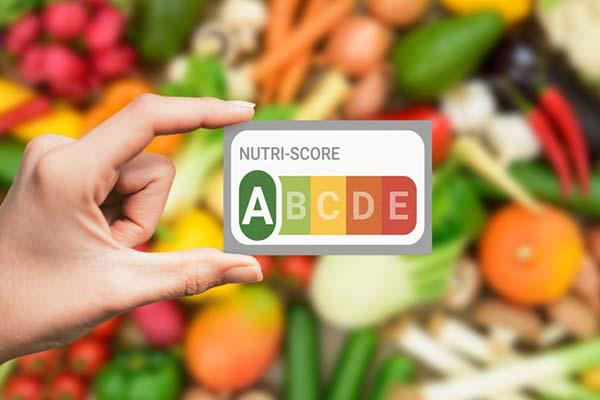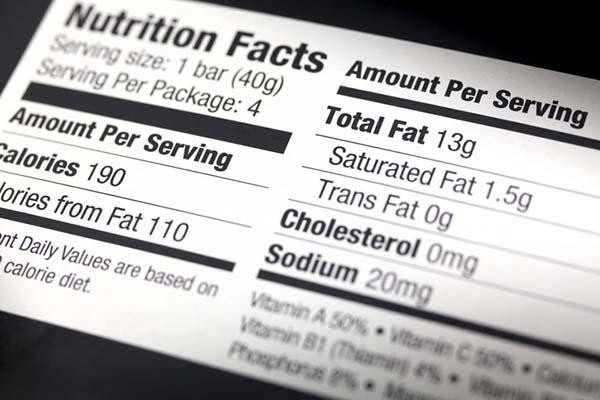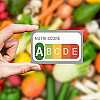What are RDAs, DRIs, and DVs?

Adapted from A Guide to Healthy Eating , Medical Editor: Teresa Fung, MS, RD, ScD, Adjunct Professor, Harvard T.H. Chan School of Public Health; Professor of Nutrition, Simmons University.
Most people have heard of Recommended Dietary Allowances (RDAs). But what do they tell us about what we’re eating, and how do they differ from other nutritional acronyms such as DRIs and DVs? Understanding these acronyms can help you make better food choices and understand how much of each nutrient your body needs.
What are Recommended Dietary Allowances (RDAs)?
Recommended Dietary Allowances were established 80 years ago by the Food and Nutrition Board of the Institute of Medicine to prevent diseases caused by inadequate intake of certain nutrients — for example, scurvy resulting from a lack of vitamin C or rickets caused by insufficient vitamin D during bone development.
A Recommended Dietary Allowance (RDA) is the average daily amount of a nutrient most healthy people need to meet their nutritional requirements. There are different RDAs based on age, gender, and whether a woman is pregnant or breastfeeding. RDAs are a subset of the dietary reference intake values.
What are Dietary Reference Intakes (DRIs)
Introduced in 1997, Dietary Reference Intake (DRI) values were created to cover a broader range of nutrients and minerals. The intent is not just to prevent diseases that are caused by the lack of a single nutrient (which are fairly rare in the United States), but also to enhance health and reduce the risk of chronic diseases such as osteoporosis, cancer, and cardiovascular disease by optimizing the intake of a greater variety of nutrients. Dietary reference intakes are what underlie the Dietary Guidelines for Americans and food labeling regulations.
DRIs include several types of values, such as RDAs (Recommended Dietary Allowances), AIs (Adequate Intakes), ULs (Tolerable Upper Intake Levels), and AMDRs (Acceptable Macronutrient Distribution Ranges), each serving a different purpose.
What is Adequate Intake (AI)?
This value is used to indicate a level of sufficient consumption for nutrients such as vitamin K and potassium that are not associated with a specific clinical deficiency disease.
Understanding Acceptable Macronutrient Distribution Range (AMDR)
This is the range of intake for a particular macronutrient — fat, carbohydrate, or protein — that is associated with reduced risk of chronic disease while allowing intake of essential nutrients. For example, dietary fats provide essential fatty acids such as alpha-linolenic acid (ALA), which the body cannot produce on its own and is important for heart and brain health (National Institutes of Health, Office of Dietary Supplements).
What are Daily Values (DVs)?

This reference number, developed by the FDA, is designed to help consumers determine if a food contains a lot or a little of a specific nutrient, based on the RDA or AI for that nutrient. DVs — which are used on Nutrition Facts panels — don’t take into account your age, sex, or other factors affecting your daily calorie needs. They’re presented as percentages of total daily intake, calculated for an average person eating 2,000 calories a day. For example, if the Nutrition Facts label on a yogurt container shows it provides 20% DV for calcium, it means one serving supplies one-fifth of the calcium an average adult needs each day.
While DRIs are developed by nutrition experts for health professionals and policymakers, DVs are designed by the FDA for consumers to use on food labels.
Disclaimer:
As a service to our readers, Harvard Health Publishing provides access to our library of archived content. Please note the date of last review or update on all articles.
No content on this site, regardless of date, should ever be used as a substitute for direct medical advice from your doctor or other qualified clinician.















